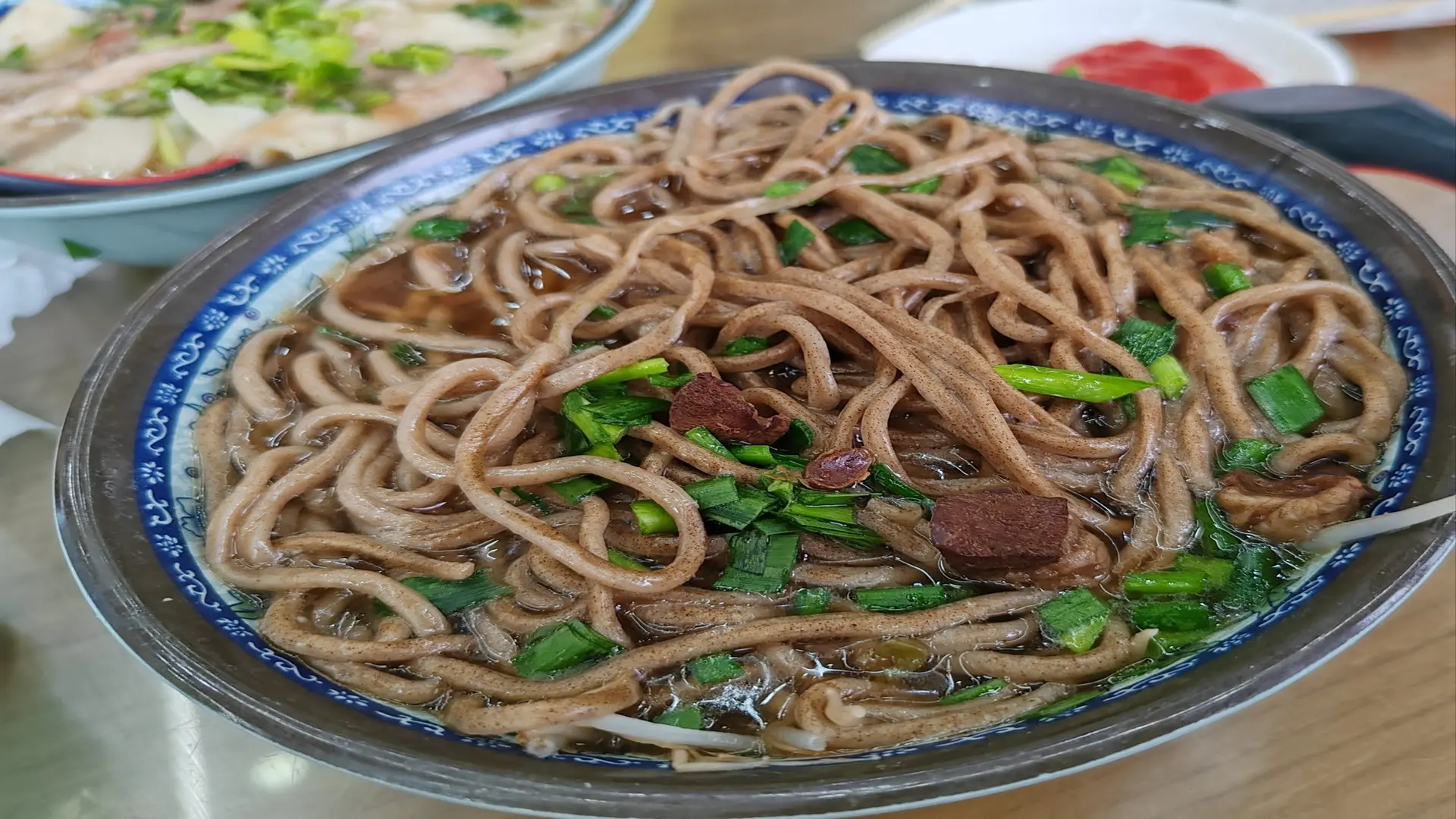수제 헬레 국수의 예술: Qingyang City를 통한 요리 여행, 간츠 지방
소개:
요리 애호가 및 실무자로서, I have always been fascinated by the traditional foods that embody the rich culture and history of a region. 간츠 지방의 중심부, Qingyang City, lies a culinary treasure known as Hele noodles, an exquisite dish that has been passed down through generations. This article delves into the origins, 문화적 중요성, ingredients, 조직, appearance, and culinary versatility of this traditional delicacy.
기원과 문화적 배경:
Hele noodles, 도 알려져 있습니다 “wooden bed pressed noodles,” have a history deeply rooted in the rural communities of Qingyang City. 이 요리는 단지 식사가 아닙니다; it’s a piece of living history that reflects the ingenuity and resourcefulness of the local people. The art of making Hele noodles is a非物质文化遗产 (Intangible Cultural Heritage), a testament to the region’s commitment to preserving traditional culinary practices.
성분과 준비:
The making of Hele noodles begins with the finest quality wheat flour, which is mixed with water to create a dough. The dough is then pressed through a traditional wooden bed, 알려진 “Hele bed,” made from the sturdy and aromatic ziziphus jujuba wood, 또는 “枣木” 중국어로. This unique tool not only shapes the noodles but also imparts a subtle flavor to the dish.
질감과 외관:
The resulting noodles are thin, elongated, and delicate, with a slightly rough texture that contrasts beautifully with their smooth surface. They are often described as having the appearance of fine silk ribbons, each strand glistening with a subtle sheen from the light pressure applied during the pressing process.
Culinary Accompaniments:
Hele noodles are traditionally served with a rich and flavorful mutton stew, 알려진 “羊肉臊子汤.” The broth is slow-cooked, allowing the mutton to become tender and infuse the broth with a deep, hearty flavor. The marriage of the noodles and the mutton stew creates a symphony of textures and flavors that is both comforting and satisfying.
Representative Dishes and Culinary Features:
While the classic pairing of Hele noodles and mutton stew is the most iconic, the versatility of these noodles allows for a variety of culinary creations. They can be dressed simply with a light soy sauce and a sprinkle of green onions, or transformed into a more elaborate dish with the addition of vegetables, tofu, or other protein sources. The noodles’ neutral flavor profile makes them an ideal canvas for a range of sauces and seasonings, from spicy to sweet.
In Conclusion:
Hele noodles are more than just a dish; they represent the spirit of Qingyang City and the Gansu Province. The labor of love that goes into crafting each noodle, the非遗技艺 (Intangible Cultural Heritage) of the wooden bed pressing, and the hearty, warming flavors of the mutton stew all come together to create a culinary experience that is truly unforgettable. 식품 실무자로서, I am honored to share the story of this remarkable dish and encourage food enthusiasts worldwide to explore the rich flavors and traditions of Qingyang City’s Hele noodles.
